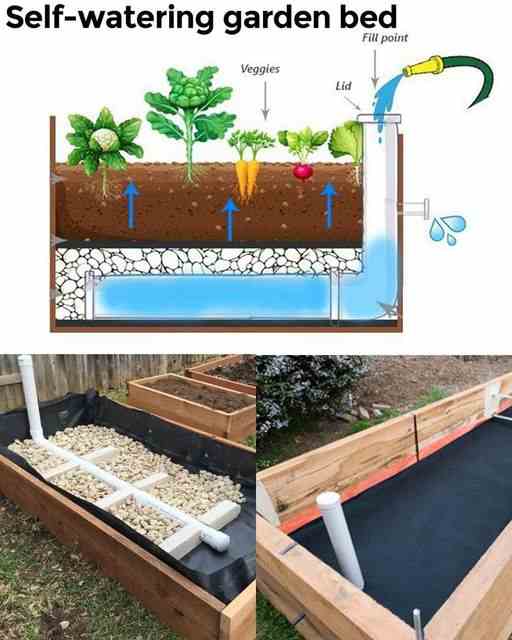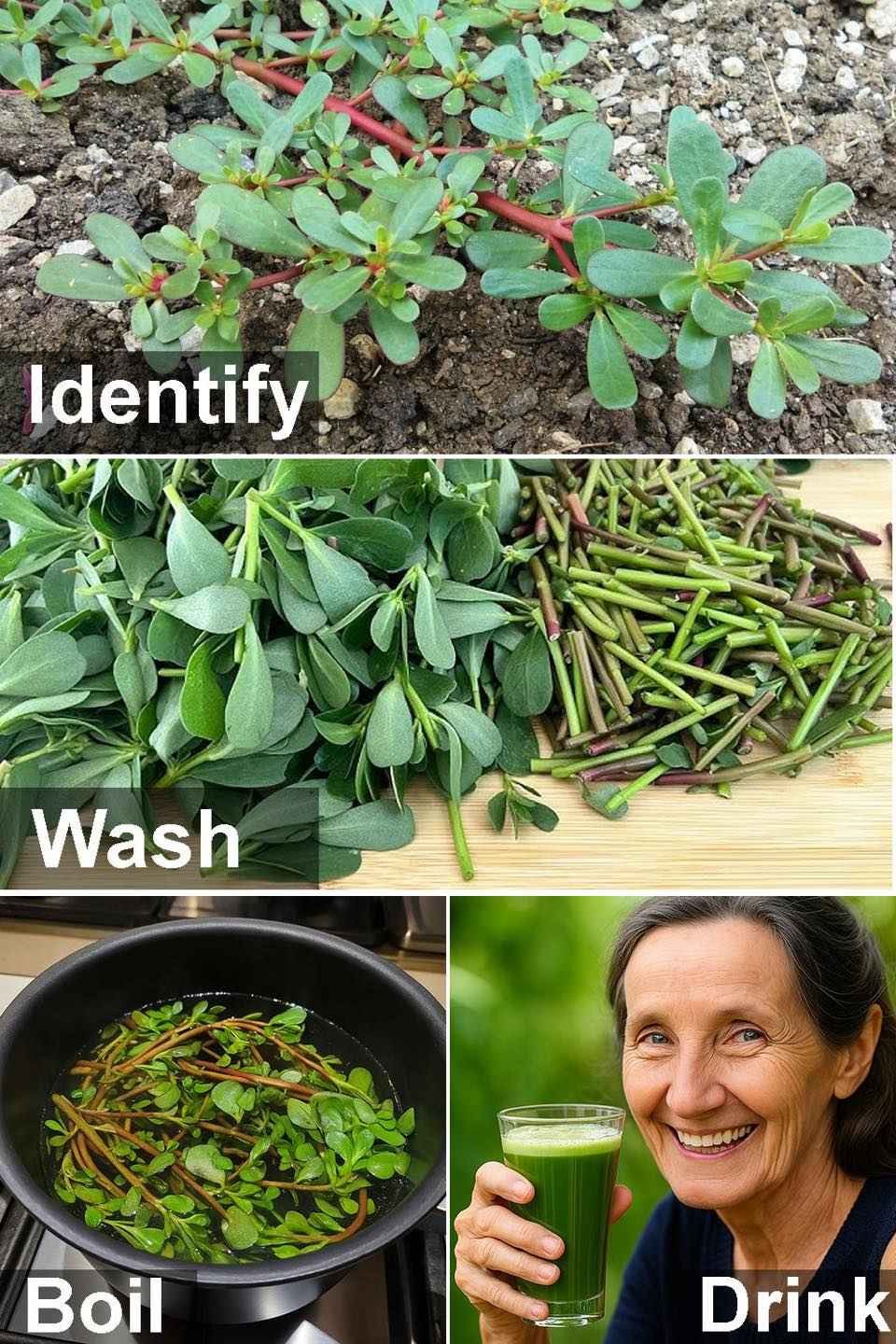In cities where the green is scarce and the grey looms large, the wicking bed is a beacon of sustainability, turning limited spaces into lush, productive gardens. The wicking bed is not only an innovative way to garden in urban environments but a water-wise champion in the fight against drought and water wastage.
The Wicking Bed: An Ingenious System
A wicking bed is, in essence, a self-watering raised garden. It’s designed to use water incredibly efficiently by allowing plants to draw moisture upward from a built-in reservoir, reducing the need for frequent watering. The magic happens through capillary action – the same phenomenon that allows a paper towel to absorb a spill. In the setup you’re envisioning, the system features an ‘L’-shaped pipe that distributes water evenly across the bed’s length and then rises above the soil to facilitate easy filling and monitoring of water levels.
Crafting Your Own Garden Marvel
To construct a wicking bed as depicted in the photo you’ve provided, you’ll need to follow a specific set of instructions to ensure that the water distribution system functions correctly:
- Select the Right Container: Begin with a durable container that can accommodate a substantial amount of soil and has room for a water reservoir underneath. A custom wooden frame, an old bathtub, or a repurposed large planter can all serve as excellent bases for your wicking bed.
- Seal the Deal: Line the chosen container with a high-quality waterproof membrane to create the water reservoir. Ensure it’s completely sealed to prevent leaks.
- Install the ‘L’-Shaped Pipe: Lay a PVC pipe along the length of the bed, on top of the aggregate. The pipe should be perforated along the section that lies horizontal to allow even water distribution. It then bends upwards at one end, extending above the height of the bed to serve as the fill point.
- Aggregate Layer: Fill the bottom with a layer of coarse aggregate, such as gravel, ensuring it’s level. This is where your water will be stored.
- Geotextile Barrier: Cover the aggregate and the horizontal part of the pipe with a geotextile fabric, which will prevent soil from washing into the reservoir while allowing water to wick upwards.
- Add Soil: Pour a nutrient-rich soil mix on top of the fabric. The soil should be suitable for the types of plants you wish to grow, such as vegetables, herbs, or flowers.
- Overflow Outlet: Install an overflow valve or pipe at the level where the soil meets the aggregate. This is critical to prevent waterlogging by allowing excess water to escape.
- Plant and Mulch: Plant your seeds or seedlings into the bed and cover the surface with an organic mulch to minimize evaporation.
- Water and Watch: Fill the reservoir via the vertical pipe until water emerges from the overflow. Then, watch as your plants draw up water from below, thriving with minimal maintenance.
This wicking bed design is a step towards self-sufficiency and resilience in urban gardening. By embracing this method, you commit to a sustainable future where resource conservation and green living take root in our cities.


